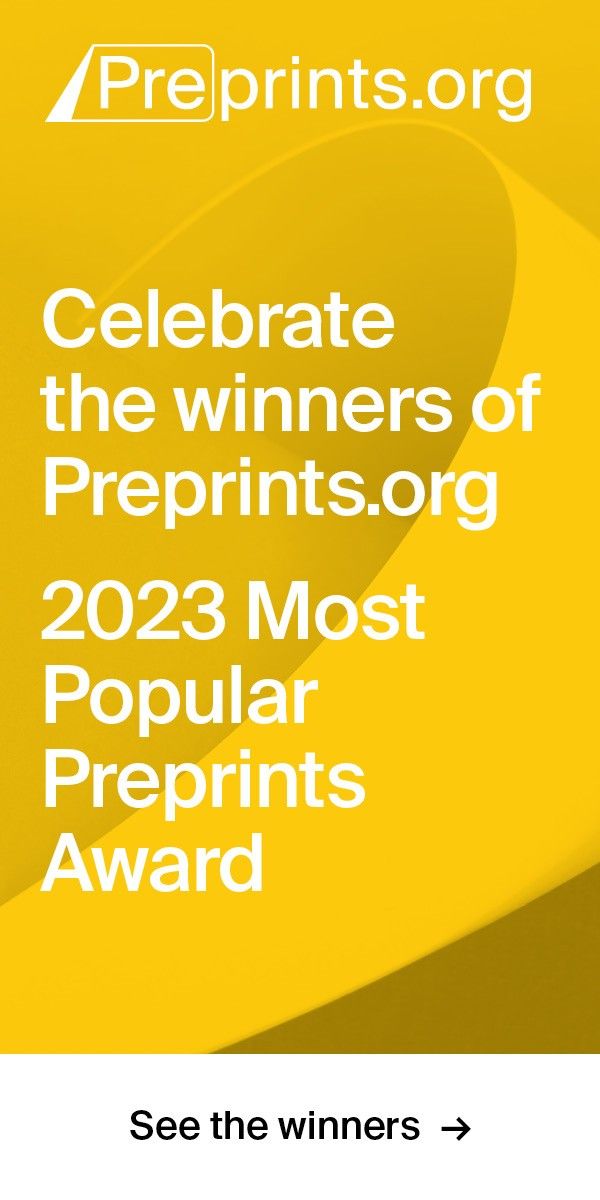Hypothesis
Version 15
Preserved in Portico This version is not peer-reviewed
The Carbon-Based Evolutionary Theory (CBET)
Version 1
: Received: 30 September 2020 / Approved: 1 October 2020 / Online: 1 October 2020 (08:53:19 CEST)
Version 2 : Received: 2 October 2020 / Approved: 2 October 2020 / Online: 2 October 2020 (14:36:24 CEST)
Version 3 : Received: 3 November 2020 / Approved: 3 November 2020 / Online: 3 November 2020 (12:46:41 CET)
Version 4 : Received: 19 November 2020 / Approved: 20 November 2020 / Online: 20 November 2020 (11:30:48 CET)
Version 5 : Received: 27 November 2020 / Approved: 27 November 2020 / Online: 27 November 2020 (16:45:19 CET)
Version 6 : Received: 8 December 2020 / Approved: 9 December 2020 / Online: 9 December 2020 (11:01:03 CET)
Version 7 : Received: 27 January 2021 / Approved: 28 January 2021 / Online: 28 January 2021 (12:25:54 CET)
Version 8 : Received: 10 May 2021 / Approved: 10 May 2021 / Online: 10 May 2021 (10:21:15 CEST)
Version 9 : Received: 17 June 2021 / Approved: 17 June 2021 / Online: 17 June 2021 (11:56:15 CEST)
Version 10 : Received: 26 July 2021 / Approved: 26 July 2021 / Online: 26 July 2021 (12:02:52 CEST)
Version 11 : Received: 18 August 2021 / Approved: 18 August 2021 / Online: 18 August 2021 (09:57:59 CEST)
Version 12 : Received: 9 April 2024 / Approved: 10 April 2024 / Online: 10 April 2024 (10:50:26 CEST)
Version 13 : Received: 13 April 2024 / Approved: 15 April 2024 / Online: 16 April 2024 (10:36:09 CEST)
Version 14 : Received: 25 April 2024 / Approved: 25 April 2024 / Online: 26 April 2024 (08:52:48 CEST)
Version 15 : Received: 13 May 2024 / Approved: 14 May 2024 / Online: 14 May 2024 (09:33:39 CEST)
Version 16 : Received: 16 May 2024 / Approved: 17 May 2024 / Online: 17 May 2024 (13:01:37 CEST)
Version 17 : Received: 24 May 2024 / Approved: 27 May 2024 / Online: 27 May 2024 (12:58:52 CEST)
Version 18 : Received: 28 October 2024 / Approved: 29 October 2024 / Online: 29 October 2024 (09:47:00 CET)
Version 2 : Received: 2 October 2020 / Approved: 2 October 2020 / Online: 2 October 2020 (14:36:24 CEST)
Version 3 : Received: 3 November 2020 / Approved: 3 November 2020 / Online: 3 November 2020 (12:46:41 CET)
Version 4 : Received: 19 November 2020 / Approved: 20 November 2020 / Online: 20 November 2020 (11:30:48 CET)
Version 5 : Received: 27 November 2020 / Approved: 27 November 2020 / Online: 27 November 2020 (16:45:19 CET)
Version 6 : Received: 8 December 2020 / Approved: 9 December 2020 / Online: 9 December 2020 (11:01:03 CET)
Version 7 : Received: 27 January 2021 / Approved: 28 January 2021 / Online: 28 January 2021 (12:25:54 CET)
Version 8 : Received: 10 May 2021 / Approved: 10 May 2021 / Online: 10 May 2021 (10:21:15 CEST)
Version 9 : Received: 17 June 2021 / Approved: 17 June 2021 / Online: 17 June 2021 (11:56:15 CEST)
Version 10 : Received: 26 July 2021 / Approved: 26 July 2021 / Online: 26 July 2021 (12:02:52 CEST)
Version 11 : Received: 18 August 2021 / Approved: 18 August 2021 / Online: 18 August 2021 (09:57:59 CEST)
Version 12 : Received: 9 April 2024 / Approved: 10 April 2024 / Online: 10 April 2024 (10:50:26 CEST)
Version 13 : Received: 13 April 2024 / Approved: 15 April 2024 / Online: 16 April 2024 (10:36:09 CEST)
Version 14 : Received: 25 April 2024 / Approved: 25 April 2024 / Online: 26 April 2024 (08:52:48 CEST)
Version 15 : Received: 13 May 2024 / Approved: 14 May 2024 / Online: 14 May 2024 (09:33:39 CEST)
Version 16 : Received: 16 May 2024 / Approved: 17 May 2024 / Online: 17 May 2024 (13:01:37 CEST)
Version 17 : Received: 24 May 2024 / Approved: 27 May 2024 / Online: 27 May 2024 (12:58:52 CEST)
Version 18 : Received: 28 October 2024 / Approved: 29 October 2024 / Online: 29 October 2024 (09:47:00 CET)
How to cite: Chen, J.-M.; Chen, J.-W. The Carbon-Based Evolutionary Theory (CBET). Preprints 2020, 2020100004. https://doi.org/10.20944/preprints202010.0004.v15 Chen, J.-M.; Chen, J.-W. The Carbon-Based Evolutionary Theory (CBET). Preprints 2020, 2020100004. https://doi.org/10.20944/preprints202010.0004.v15
Abstract
Why did unordered, simple substances on Earth evolve into orderly, complex, and diverse organisms and social organizations? This is a fundamental scientific question that has captivated humans for millennia. Here we propose the Carbon-Based Evolutionary Theory (CBET) to provide novel, direct, explicit, and relatively comprehensive answers to this question. The CBET identifies three key mechanisms based on some well-known principles of physics and chemistry (e.g., laws of thermodynamics) and some features of Earth and carbon-based substances (CBSs): the driving force mechanism that provides energy, the structure-function mechanism that generates new functions, and the natural selection mechanism that accumulates orderliness, all for the evolution of CBSs. These mechanisms lead to the progression from chemical to biological and social evolution, marked by the escalating hierarchy of CBSs and the increase in the quantity, diversity, and orderliness of high-hierarchy CBSs. The CBET clarifies the natural roots of multiple pivotal and seemingly paradoxical social notions, such as inclusiveness versus elimination, collaboration versus competition, altruism versus selfishness, and freedom versus restriction. It advocates for the balanced, harmonious, and peaceful development of human society as well as the integration of all countries into a single harmonious social collective. The CBET unifies biology with physics and chemistry and could be a basic theory shared by the natural sciences and the social sciences. It could also be significant in the rational development of human society.
Keywords
carbon; chemistry; evolution; mechanism; natural selection; theory; physics; society
Subject
Biology and Life Sciences, Anatomy and Physiology
Copyright: This is an open access article distributed under the Creative Commons Attribution License which permits unrestricted use, distribution, and reproduction in any medium, provided the original work is properly cited.
Comments (0)
We encourage comments and feedback from a broad range of readers. See criteria for comments and our Diversity statement.
Leave a public commentSend a private comment to the author(s)
* All users must log in before leaving a comment









